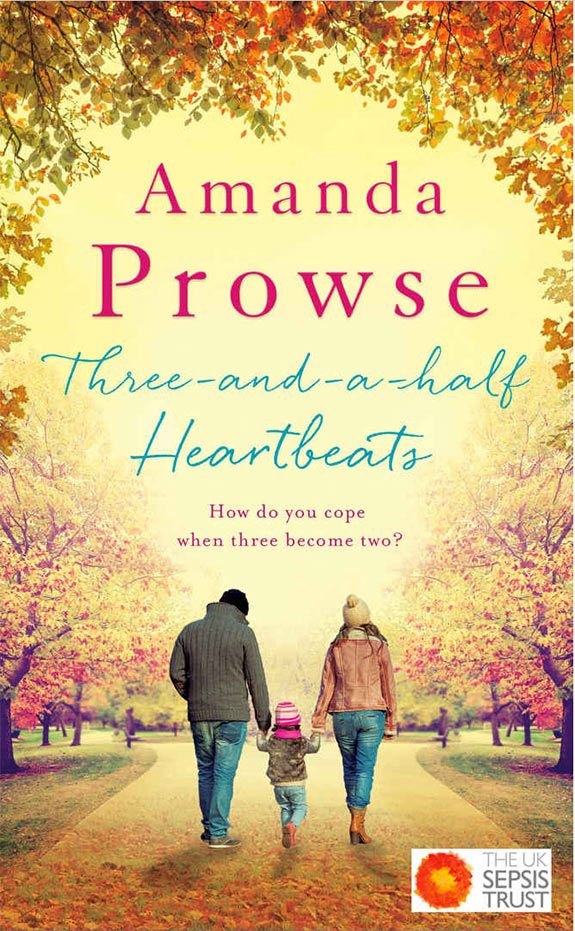How a new Amanda Prowse novel about sepsis could save your child’s life
Have you heard of sepsis? Find out why it’s a hidden killer, and how to spot the signs in your child – and maybe help to save their life.
A few weeks ago, we were honoured to be invited to the launch of best-selling author Amanda Prowse’s new novel, Three-and-a-half Heartbeats, about a couple who lose their three-year-old daughter to sepsis.
At the launch, Bafta-winning actor Jason Watkins shared a moving personal account of how he lost his own daughter, Maude, to sepsis in 2011, and urged parents to learn the symptoms of sepsis, and not be afraid to speak out to doctors if they suspect their child may have it. (You can read more about Maude’s story here.)
The hidden killer
We were shocked at just how common sepsis is – it claims the lives of 37,000 people every year in the UK (someone dies from sepsis every 14 minutes) – and how difficult it is to diagnose. As you’ll read below, there is no single symptom for sepsis, and the signs are so general they could be caused by a number of different illnesses.
However, by educating yourself on the symptoms, watching for them and alerting doctors to the possibility of sepsis early, you can help to save your child’s life. Caught early, the outlook for people with sepsis is good, and life-saving treatment is relatively straightforward.
We had never heard of sepsis before being invited to Amanda Prowse’s book launch, and certainly had no idea to look out for the symptoms (though we will now). And we thought that if we didn’t know about this hidden killer, most mums wouldn’t either, so wanted to help do our bit to raise awareness and help save more lives.
What is sepsis?
Also known as septicaemia or blood poisoning, sepsis is a life threatening condition that arises when your body’s response to an infection injures its own tissues and organs. If not recognised and treated early, it can lead to shock, multiple organ failure and death.
You don’t have to be seriously ill to get sepsis – you can get it from the most minor infections or simple skin injuries like cuts and bites.
How to spot sepsis in your child
If your child is unwell with either a fever or a very low temperature (or has had a fever in the last 24 hours) then bear sepsis in mind. There is no one single symptom of sepsis, but some signs you can look out for are:
- Your child feels abnormally cold to the touch.
- They look mottled, blush or have very pale skin.
- They have a rash that doesn’t fade when you press it.
- They’re breathing very fast.
- They have a fit or convulsion.
- They are lethargic or hard to wake up.
If your child is under five and is not feeding, vomiting repeatedly and hasn’t had a wee or wet nappy for 12 hours, there is also a possibility they may have sepsis.
If your child has one or more of these signs, see a doctor urgently and tell them you are worried about sepsis. Please do not be afraid to raise the idea of sepsis and name it. If you do not say ‘sepsis’ there is a chance they will not consider it and may miss a precious opportunity to diagnose and treat in time.
What you can do now
Don’t let sepsis claim any more lives – and lead to more bereaved parents. Sepsis Trust believe that once sepsis is accepted as a medical emergency and a clinical priority they can save up to 10,000 lives a year.
Here’s what you can do now to help stop sepsis:
- Know the symptoms of sepsis and be alert for them.
- Speak to doctors if you have any concern your child may have it – and say ‘sepsis’.
- Spread the word among your friends – share this article or send them to Sepsis Trust.
- Buy Amanda Prowse’s new book – its just £1.20 and all proceeds go to Sepsis Trust.
You can learn more about sepsis on the Sepsis Trust website.











